Broadacre Agricultural Industries
Broadacre agricultural industries, mainly cropping and livestock, employ almost a fifth of the region’s workforce. The estimated output of $1,337 million includes a third of Victoria’s grain crops, a fifth of its sheep, lambs, wool and pigs and almost 10 per cent of its eggs. Read more about the region’s agricultural industries, organisations and the work that WDA is doing to support them.
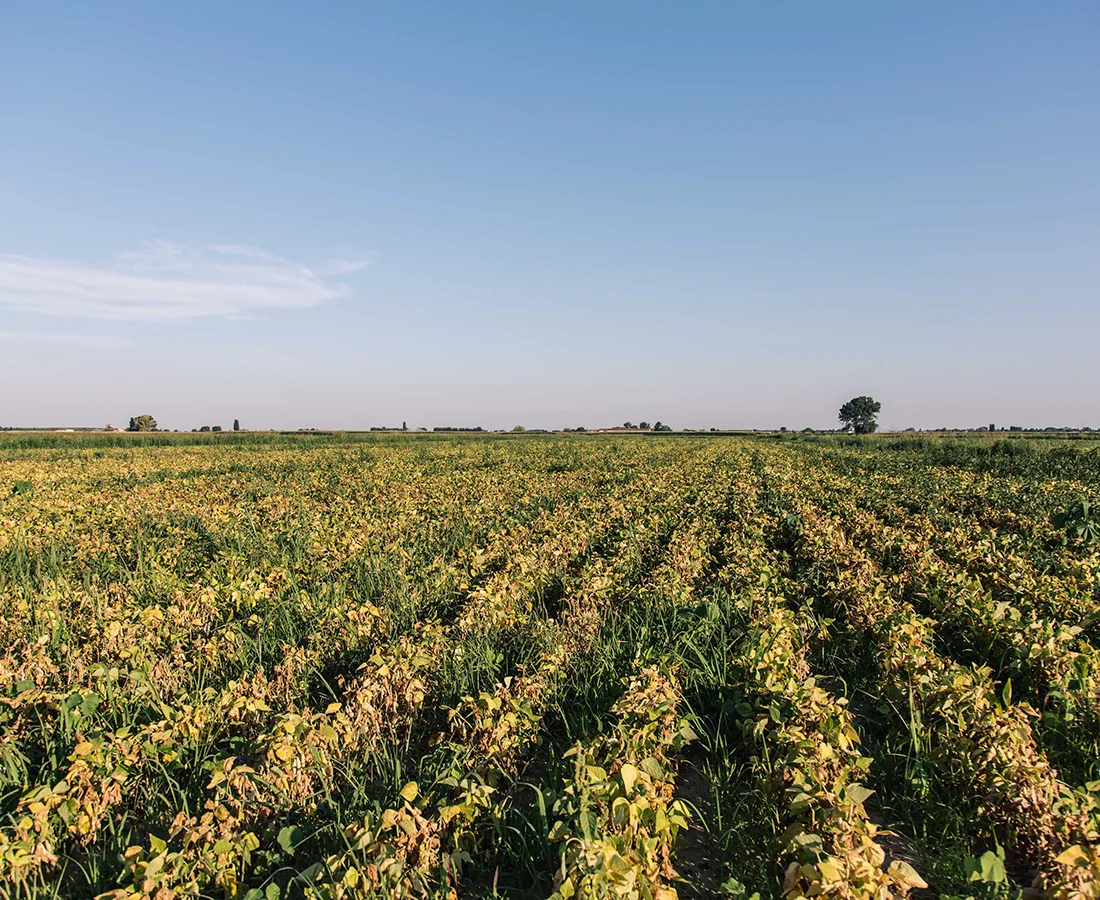
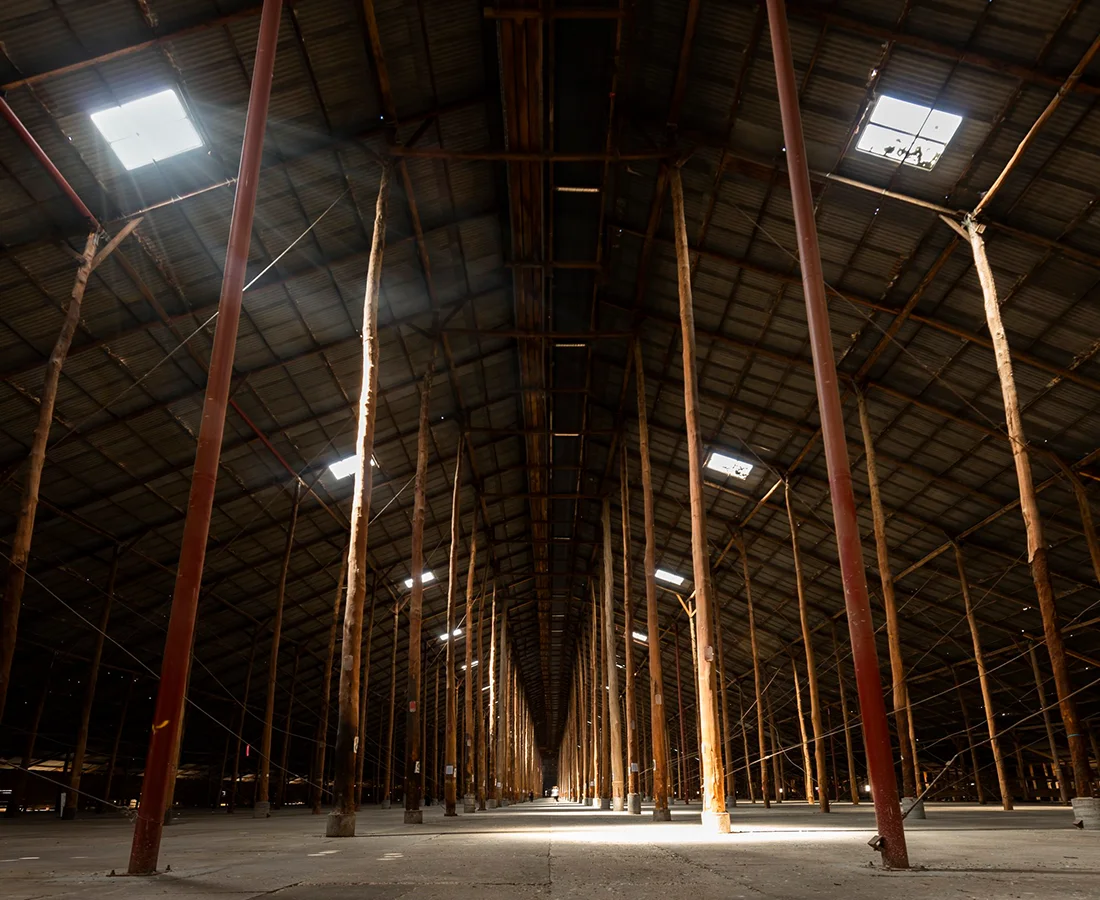
Building & Construction
The building and construction industry employs approximately five per cent of the workforce with an estimated output of $644 million.
Food & Beverage Manufacturing
Food and beverage manufacturing employs approximately four per cent of the workforce with an estimated output of $526 million. Food and beverage manufacturing makes up two thirds of all manufacturing activity in the region.
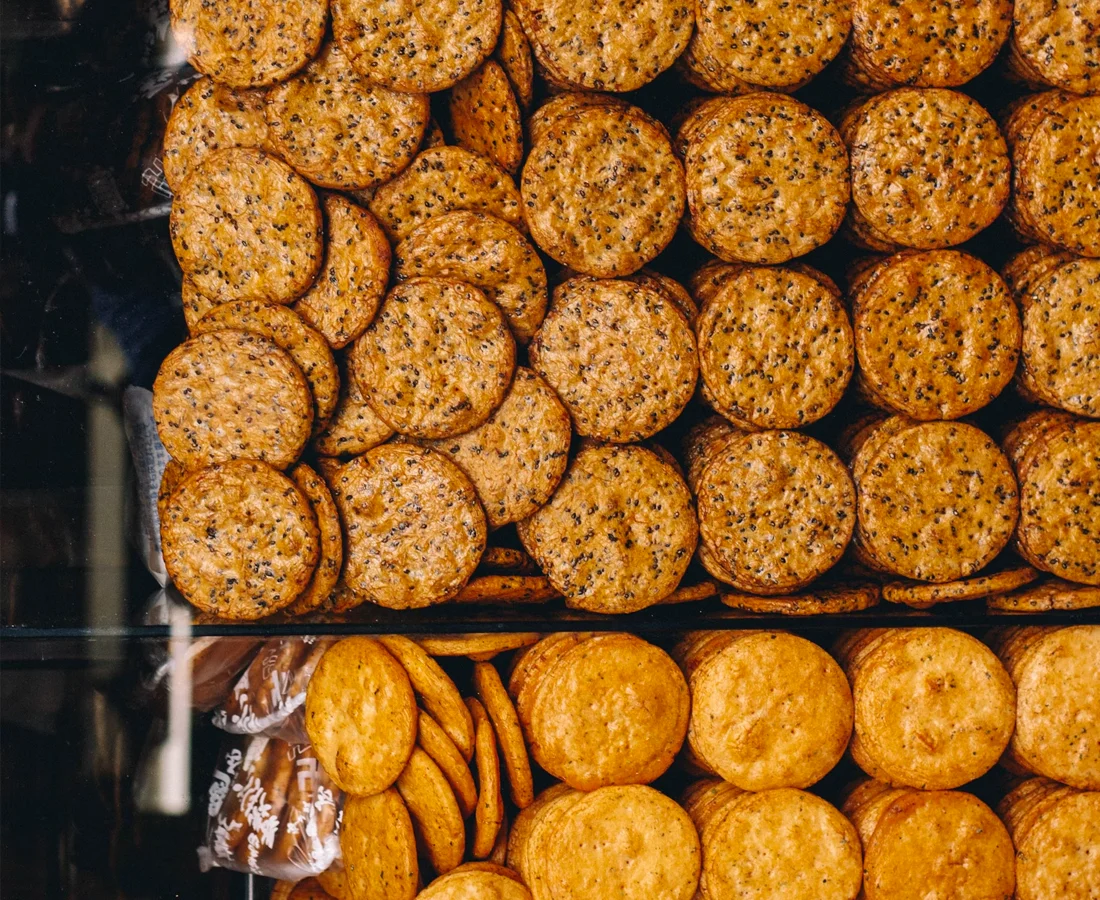
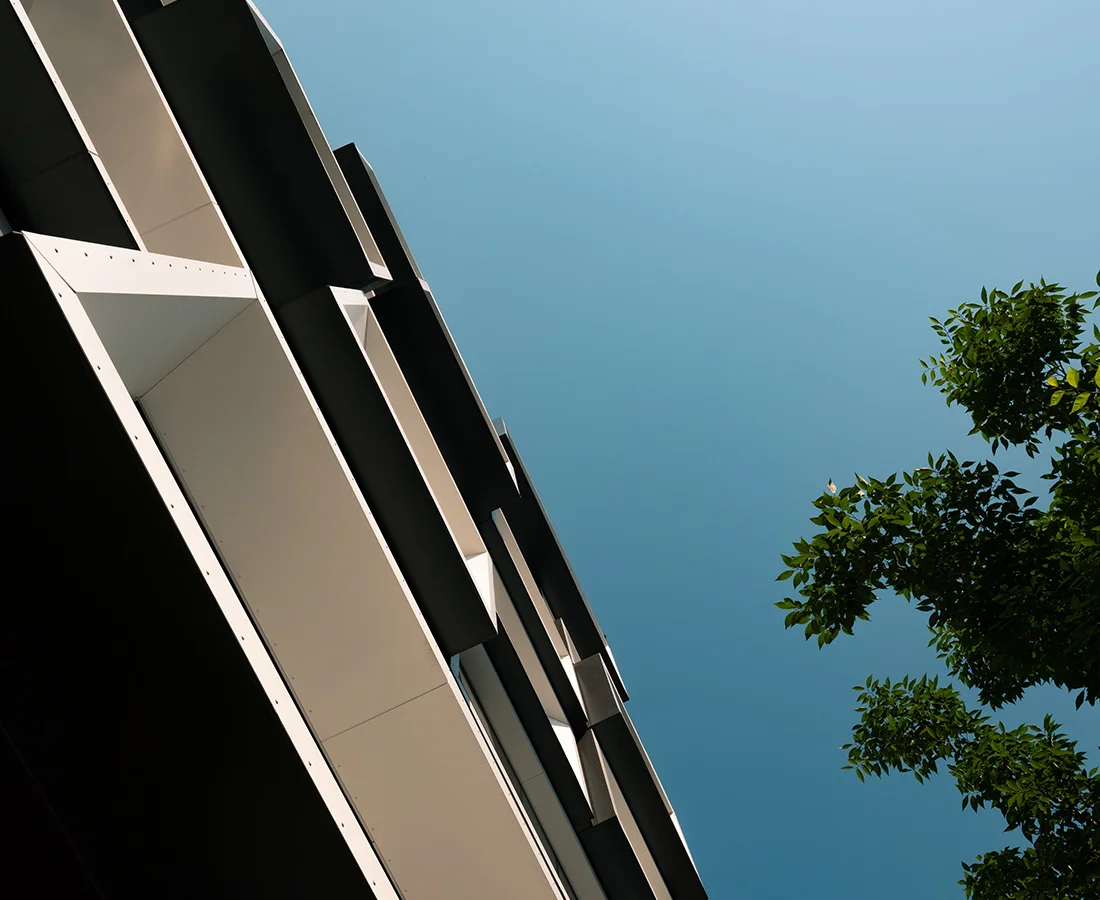
The Property & Real Estate Sector
The property and real estate sector may only employ a handful of the people but has an estimated output of $525 million.
Hospitals
Hospitals employ approximately eight per cent of the workforce with an estimated output of $260 million. When combined with the broader health and social assistance industry this sector employs 17 per cent of the workforce.
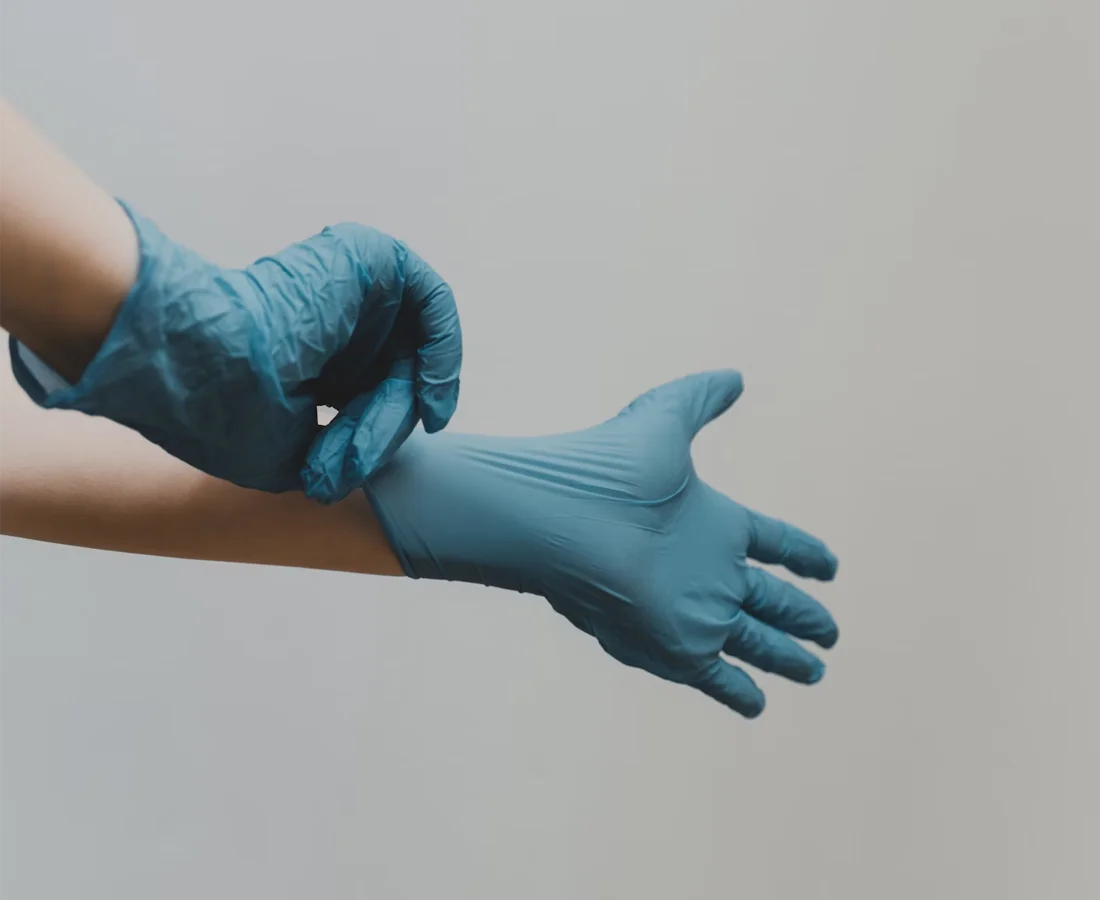

Public Administration
Public administration employs approximately four per cent of the workforce with an estimated output of $526 million.
Schools & Pre-Schools
Schools and pre-schools employ approximately seven per cent of the workforce with an estimated output of $215 million.

Tourism Opportunities & Investment
The Wimmera Southern Mallee is home to one of Victoria’s most visited national parks – The Grampians (Gariwerd), and the signature product strength of the region is nature-based tourism. However the region is also well-regarded for wine, Indigenous tourism, road cycling, arts, culture and heritage. Learn more about tourism in the region (link to initiatives/tourism/)
WSMD is actively exploring opportunities for further investment to improve facilities and the visitor experience.
Desitnation Planning
Local communities are working to support a vibrant tourism industry and enhancing the region’s economic diversity. The Wimmera Southern Mallee Regional Partnership (WSMRP), in consultation with the wider community, identified regional priorities as a result of Regional Assemblies in Horsham in October 2016 and August 2017.
The resulting Tourism Collaboration Plan provides a background analysis and tourism product and governance recommendations for the region. The Wimmera Southern Mallee Region includes two sub-regions: the Grampians and the Wimmera Mallee.
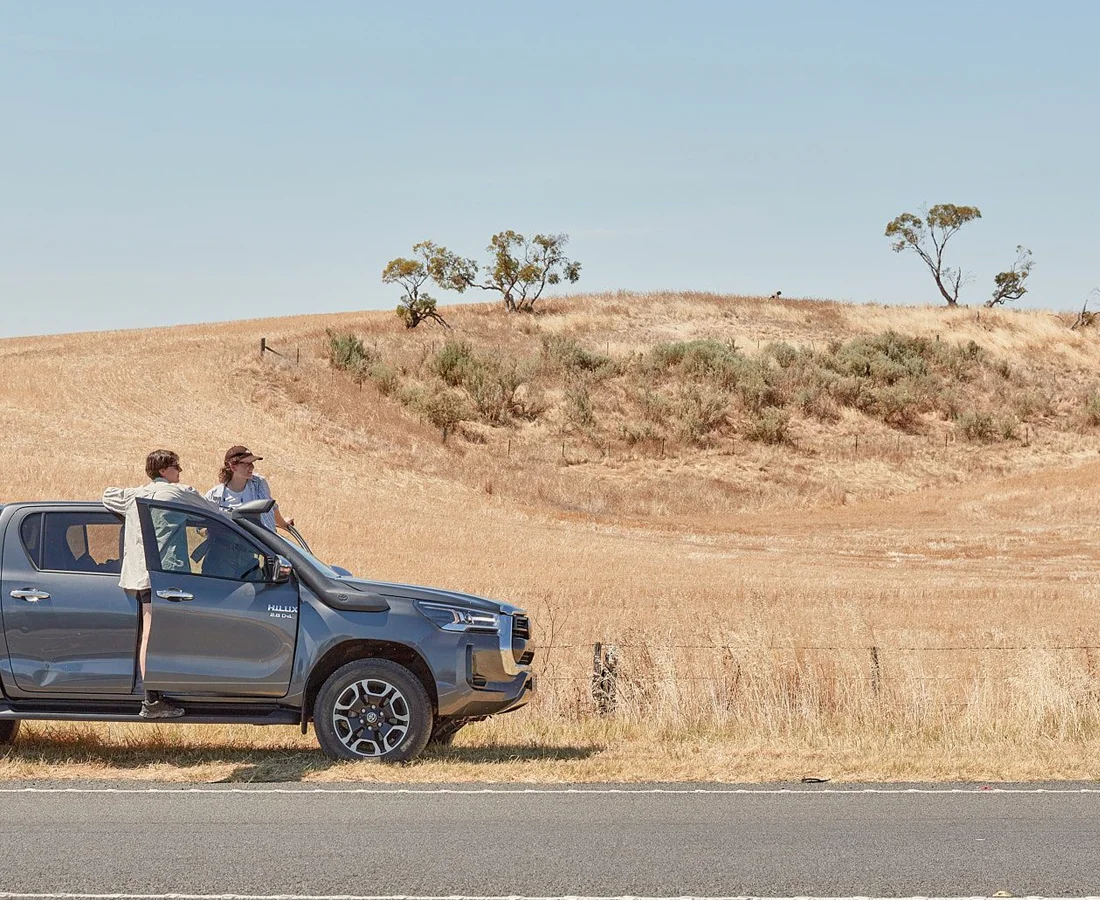
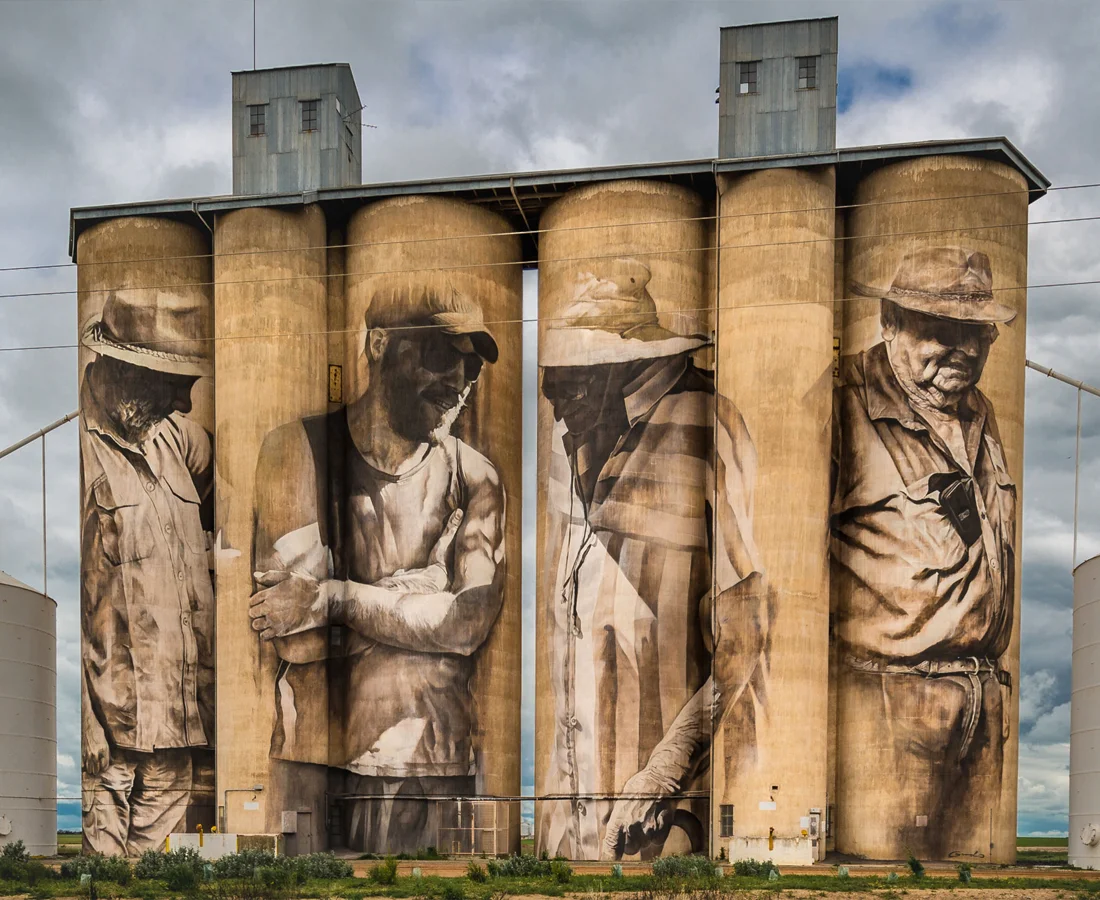
Destination Management Plan
The Destination Management Plan focuses on the Buloke, Yarriambiack, Hindmarsh and West Wimmera shires. While the Destination Management Plan identified potential projects for the Grampians region, which includes the Horsham and Northern Grampians shires, these will be refined through the development of a Destination Management Plan for Grampians Tourism in the near future.
The plan highlights the Wimmera Southern Mallee region’s vast and diverse landscapes and nature-based experiences as well as arts, culture and heritage such as the world’s largest ‘Outdoor Art Gallery’ – The Silo Art Trail.
Grampians Region Cycling Masterplan
The cycling masterplan, developed in 2018, aims to establish the Grampians region as a premier tourism destination for road, mountain and recreational cycling. The plan identified opportunities to develop new infrastructure and attract events and the quantifies the potential benefits to the region. Cycling masterplan reports are available as part of our Tourism reports.

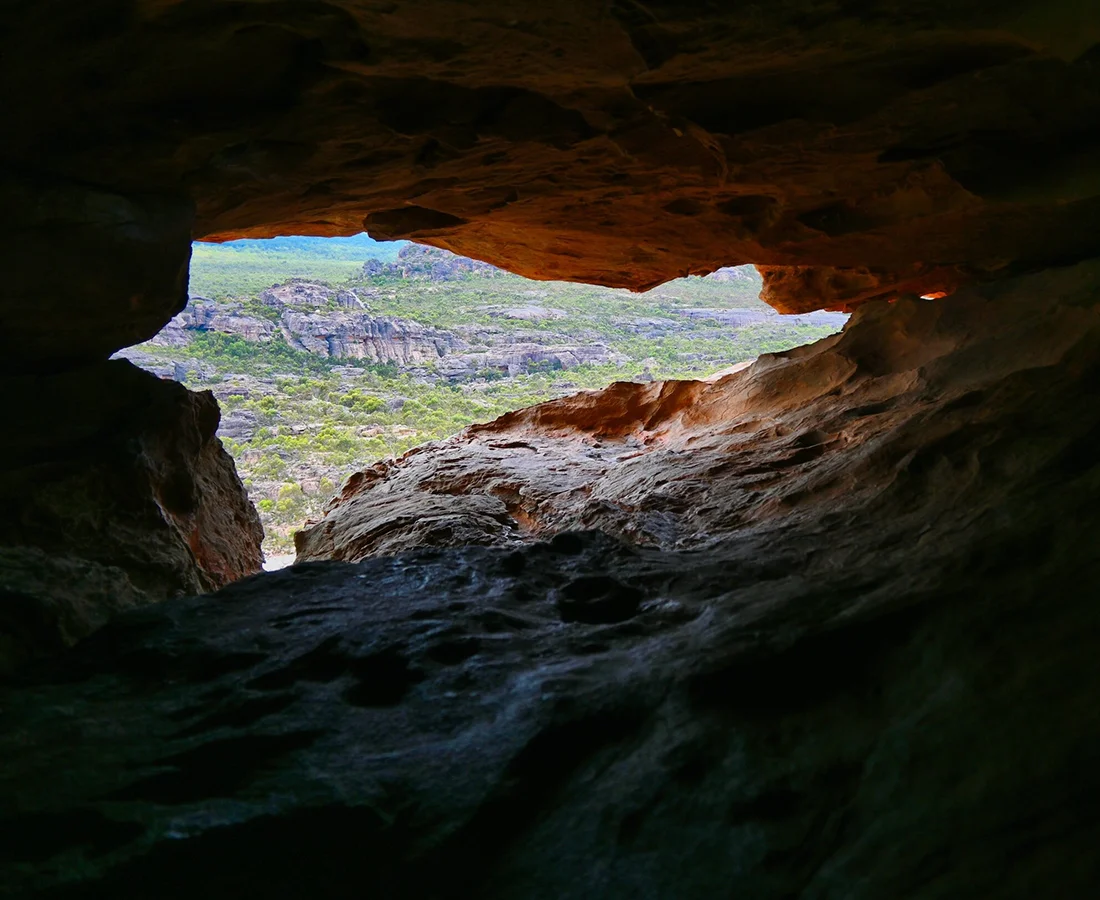
Indigenous Tourism
The region has a strong and proud Indigenous culture. In December 2005, native title was determined to exist for the first time in Victoria for the Wotjobaluk, Jaadwa, Jadawadjali, Wergaia and Jupagulk peoples of the Wimmera. There are hundreds of Aboriginal cultural heritage sites in the region and many opportunities to better showcase Indigenous culture and contributions.
The Indigenous Tourism Feasibility Study explores the potential to develop Indigenous tourism enterprise activities for Wotjobaluk Country, as represented by Barengi Gadjin Land Council (BGLC).